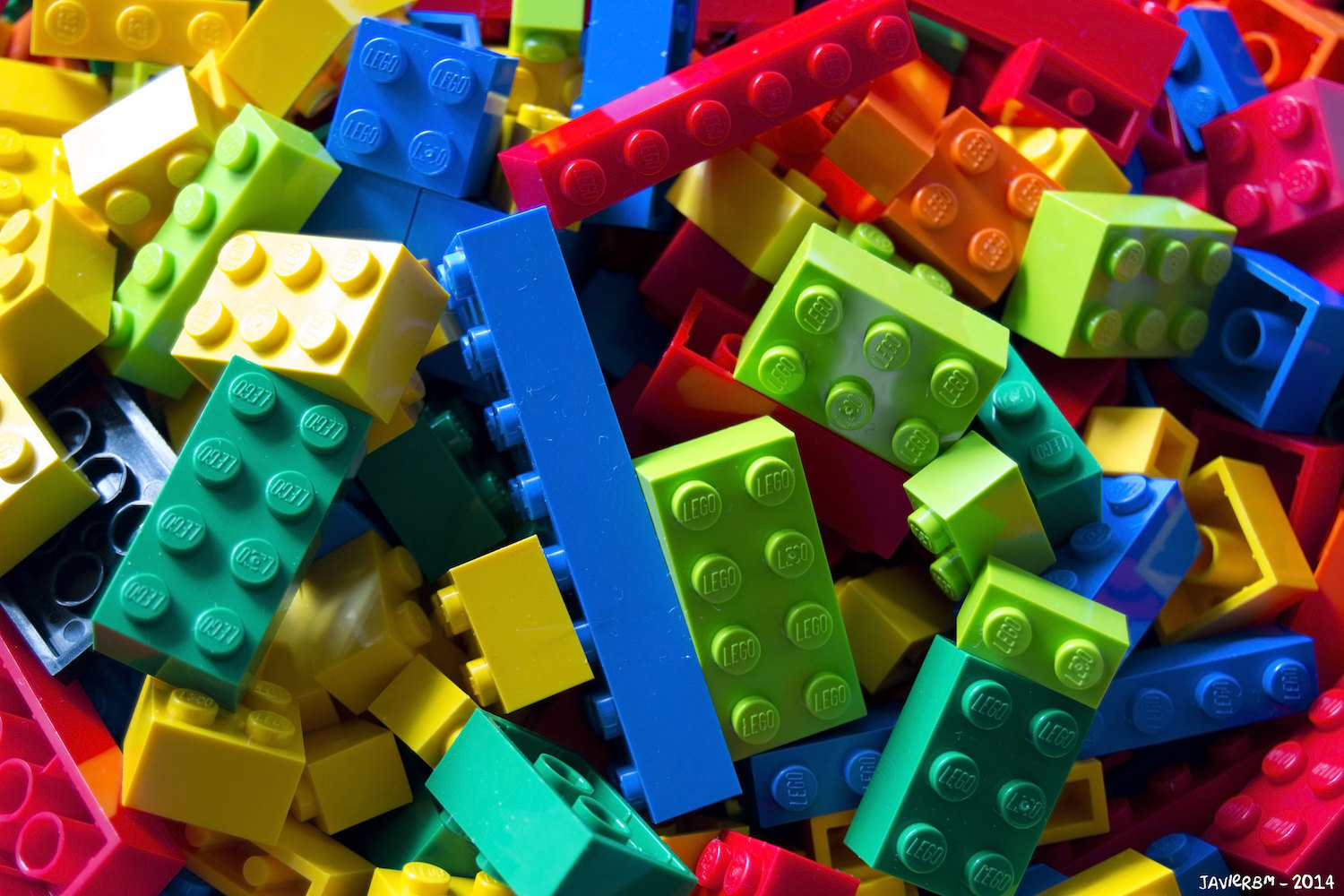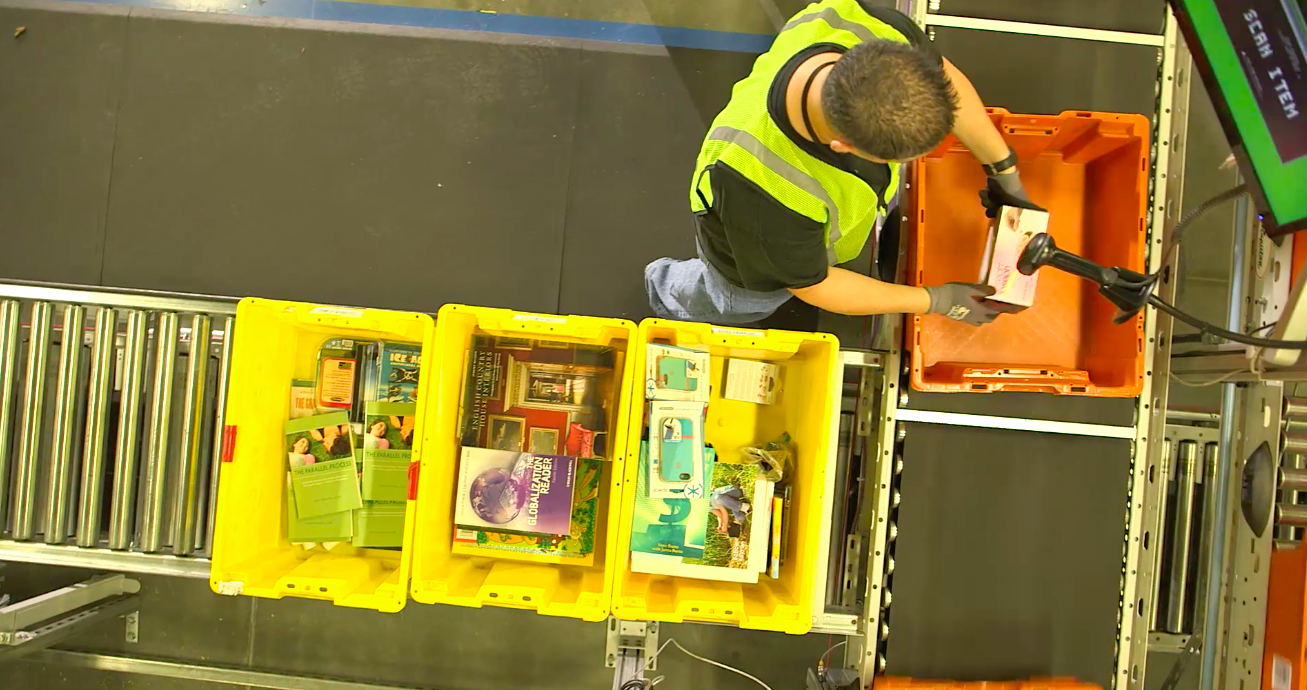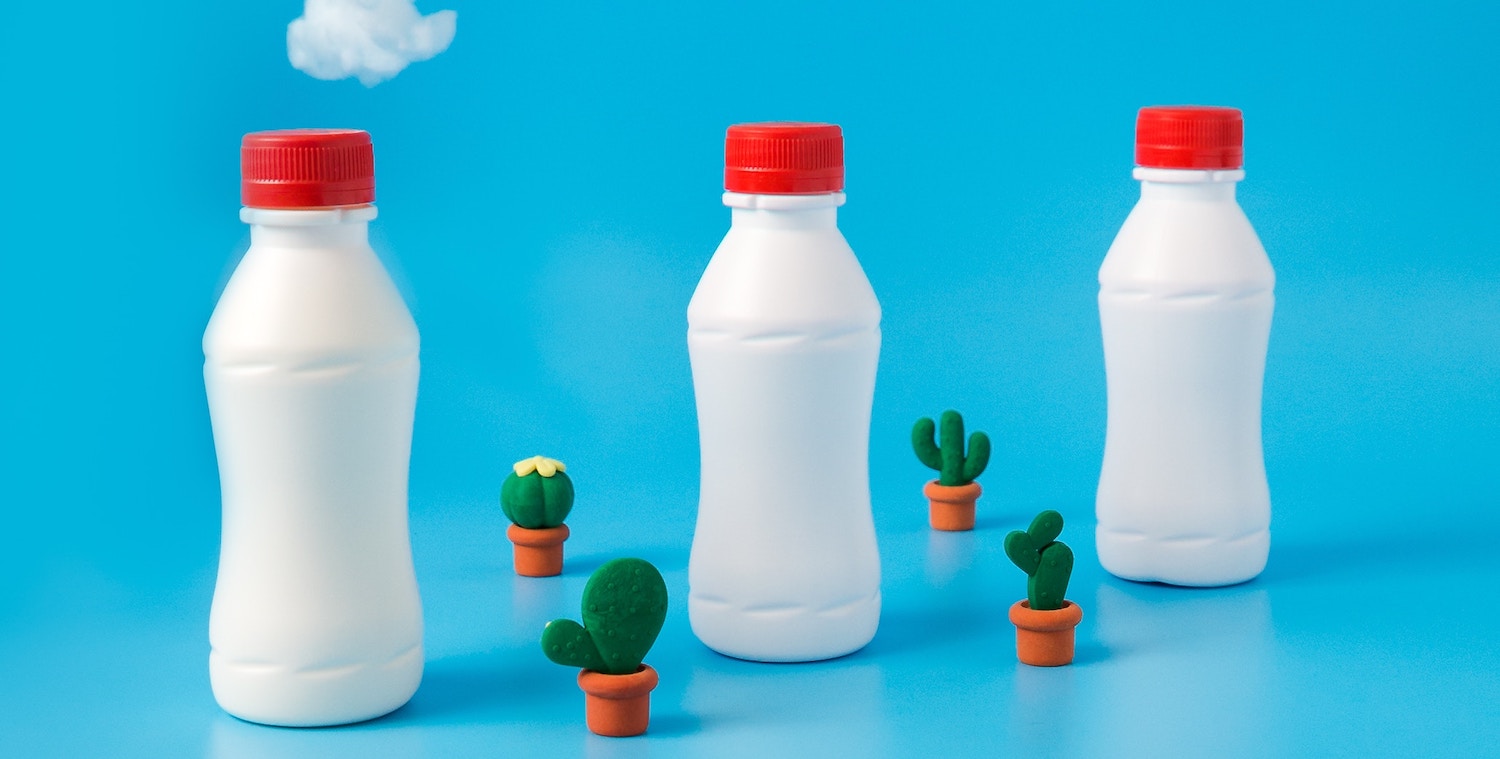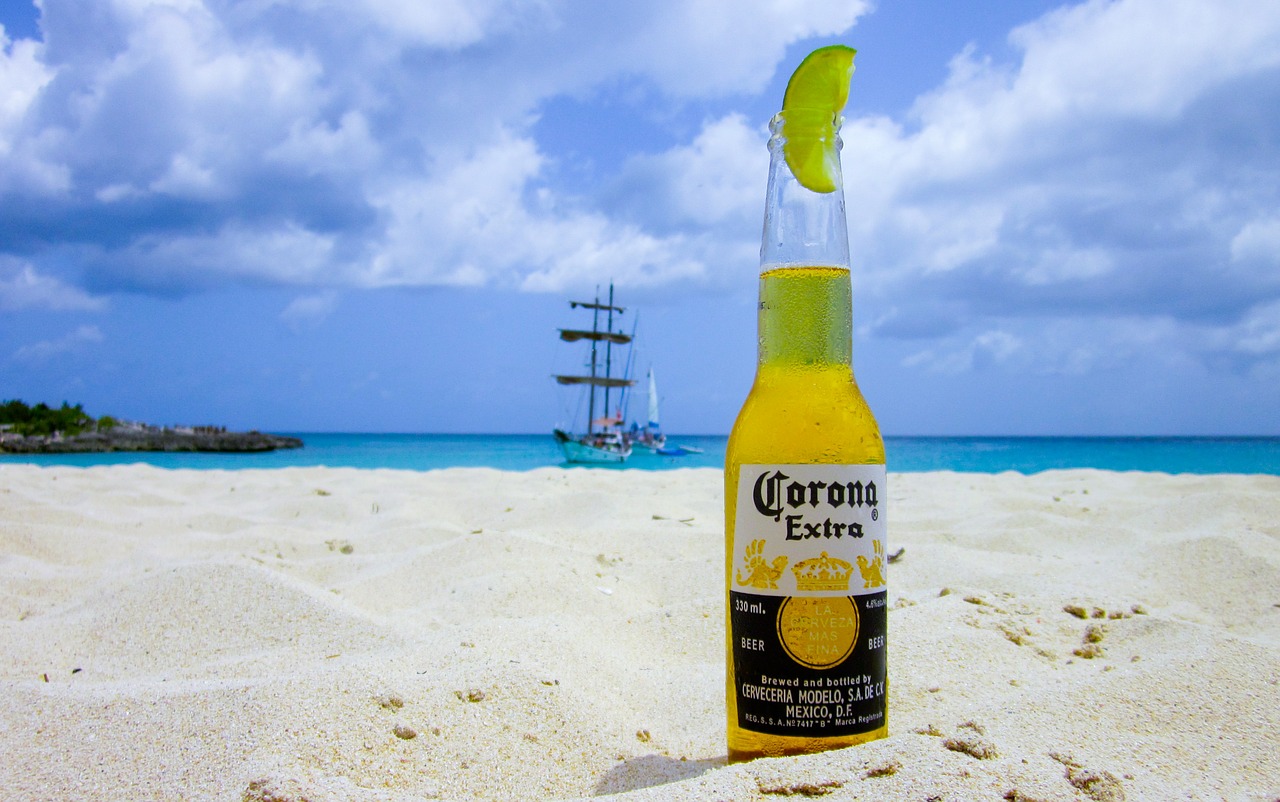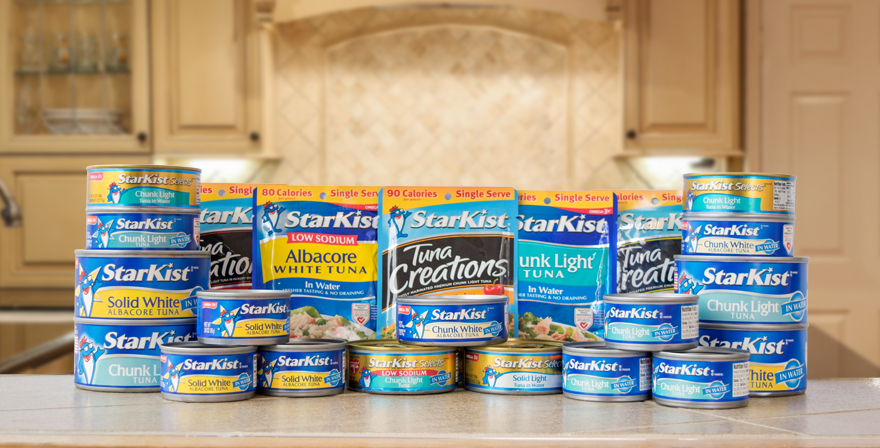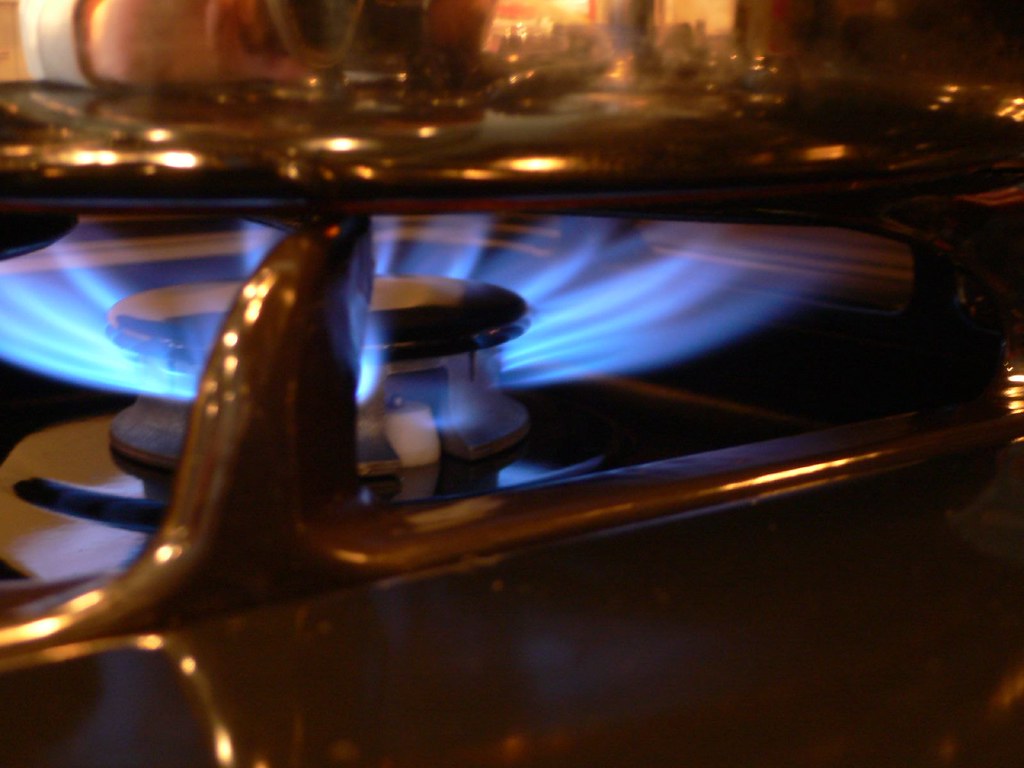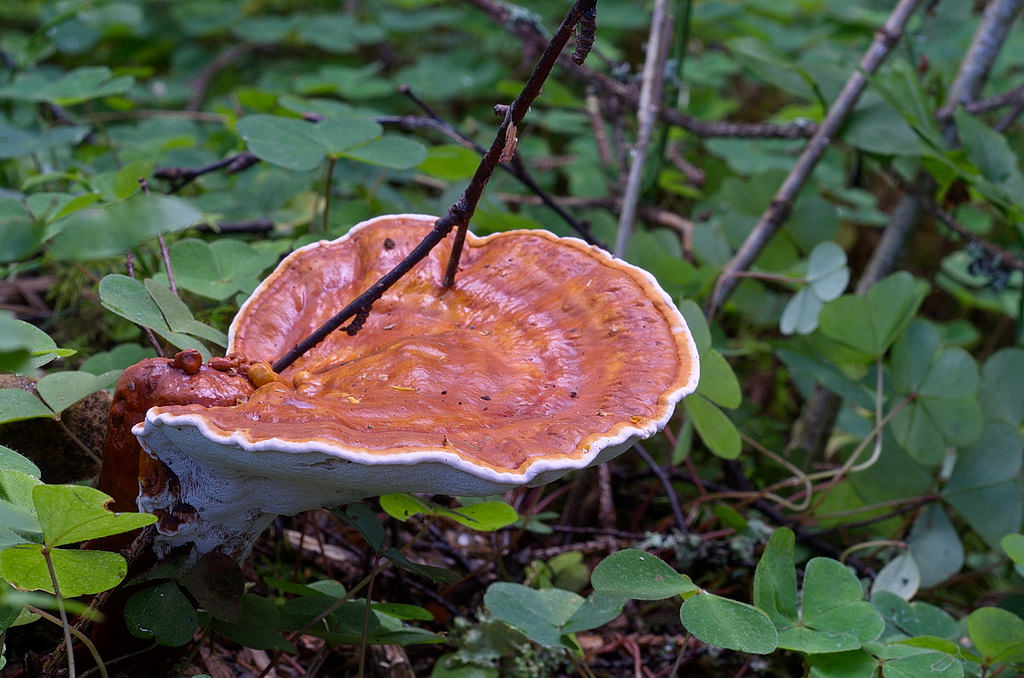This is the web version of a list we publish twice-weekly in our newsletter. It comprises the most noteworthy food stories of the moment, selected by our editors. Get it first here.
Bustin’ makes me feel good. Massachusetts Senator and now candidate for president, Elizabeth Warren, has just unveiled her plan for American agriculture. The Des Moines Register reports that she wants to break up “Big Chicken”—Tyson and the vertically integrated poultry companies that have largely dominated production and locked farmers into inflexible and costly long-term contracts. She also wants to break up “Big Seed” by reversing last year’s Bayer-Monsanto merger. And she wants to restrict foreign ownership of farmland and reform the meat label paradigm. For a while, it had seemed that New Jersey Senator (and fellow presidential candidate) Cory Booker was gunning solo to be the friend of farmers, promising to trust-bust Big Ag. No longer. Warren may outflank him.
Tuna changes its tune. You can now buy vegan—sorry, plant-based—tuna at Walmart, Vegan News reports. Tuno, a canned (and pouched!) seafood alternative made from soy, seaweed, and yeast, was developed partially in response to overfishing and ocean pollution. No word yet on whether cats approve.
Must, Not. Nobody panic, but a recent seizure of 15 million Euros worth of fraudulent “must” (a barrel-aged syrup of Trebbiano or Lambrusco grapes) points to a problem we never knew we had: fake balsamic vinegar. Italian authorities allege the bogus balsamic was made from lowly table grapes, according to Food Navigator.
Everybody needs structure. Left to its own biology, cell-cultured meat grows in an amorphous blob shape. If companies ever hope to market something that looks like a steak, they’ll have to train the cells to grow onto what they refer to as “scaffolding.” We’ve reported on scientists “decellularizing” plants like spinach and jackfruit to do the job, but this week, Penn State researchers reported they’re working on a new technique: building starch backbones using Lego pieces. You read that right. Penn State News has more.
Caucasity. A researcher at the University of Illinois–Chicago has conducted what he says is the first environmental assessment of American diets, broken down by demographic. And what did he find? An average white person’s diet contributes more greenhouse gas emissions, and uses more water, than a black person’s diet, which requires more land. That’s because whites drink more water and milk, and blacks eat more meat, according to Joe Bozeman, who conducted the study. “The data matched the cultural stereotypes,” he told me.
